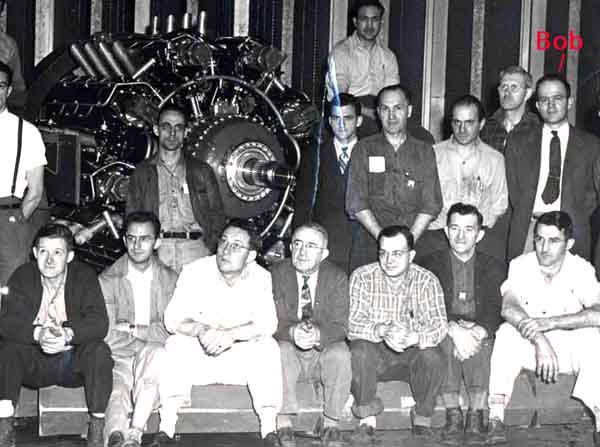Let'sgoflying!
Touchdown! Greaser!
XR7755 (7750 cu in)
Largest piston a/c engine ever. Never made production; one (of only 2) restored - resides @ the Smithsonian. (Never powered an aircraft.)
9 banks of 4 cylinders; bore & stroke not enormous...comparing to our big bore 6's.
"Separate cams for takeoff and...cruise" - pilot selectable!
Original design so powerful it would have beat the air to death, so the -3 model had prop gearing (with 2 selectable speeds)
Help with that bsfc conversion, is that 700gph @T-O?
if so, that's 3500$/hr; $1.00 per second, today?

Largest piston a/c engine ever. Never made production; one (of only 2) restored - resides @ the Smithsonian. (Never powered an aircraft.)
9 banks of 4 cylinders; bore & stroke not enormous...comparing to our big bore 6's.
"Separate cams for takeoff and...cruise" - pilot selectable!
Original design so powerful it would have beat the air to death, so the -3 model had prop gearing (with 2 selectable speeds)
Help with that bsfc conversion, is that 700gph @T-O?
if so, that's 3500$/hr; $1.00 per second, today?








